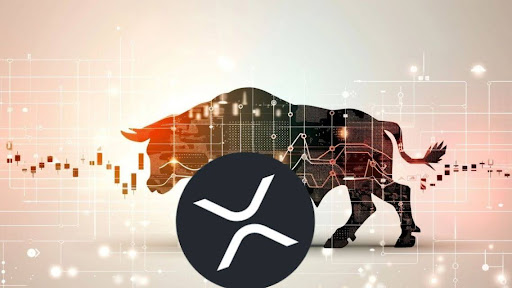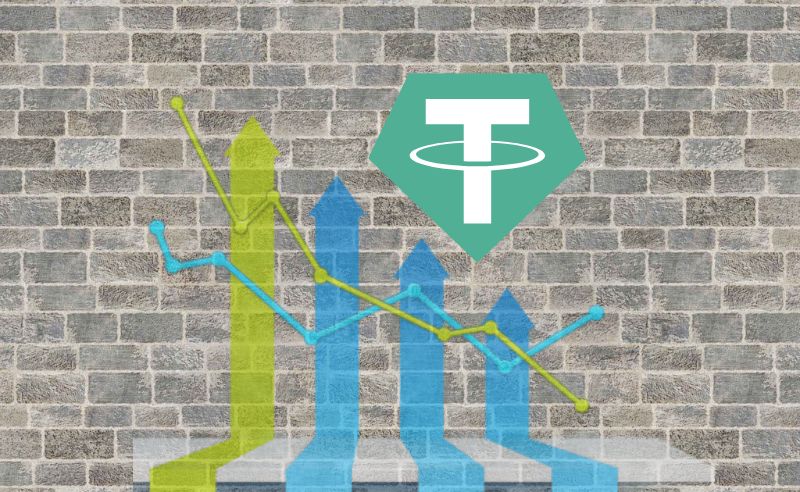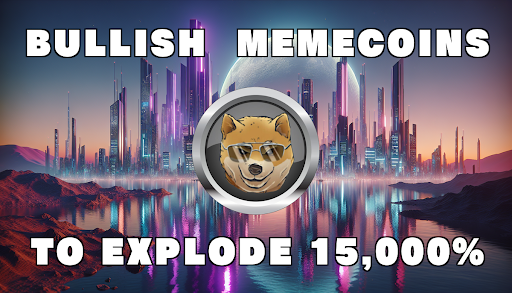Despite its low price, the Cardano (ADA) blockchain has remained among the top twenty crypto assets.
This notable performance has sparked rumors about the real reason behind ADA’s huge market capitalization. The latest round of comments about the chain comes from renowned commentators in the crypto space, as shared on X.
Is ADA Staking Liquid and Unlocked?
A podcast by the quartet of CTO Larsson, MartyParty, Mando, and InvestAnswers sparked the latest round of debates. According to MartyParty, Cardano holders have their assets locked in staking pools and so cannot sell off their tokens. He maintains that these holders were tricked and are now unable to withdraw or move their ADA, thus contributing to the inflated market cap.
However, Charles Hoskinson, the founder of Cardano, swiftly reacted to MartyParty’s rumors, calling them “lies and misinformation.” Hoskinson maintains that Cardano staking is not locked but liquid and always accessible.
Hoskinson expressed disappointment and frustration that some people deliberately tell lies. He says the intentional misinformation about Cardano has “reached epic level.” He wondered how industry users still believe people like MartyParty.
For context, ADA staking allows holders to delegate their tokens to stake pools and earn rewards every five days. ADA’s staked token remains unlocked, and users can move or spend their funds. This differs from other platforms, whose staked assets are locked for a long time to achieve liquidity.
So, MartyParty’s allegation implied that the over 22.59 billion ADA currently staked at a market price of $0.3369 was responsible for its huge market cap. This volume translates to almost $8 billion or over 60% of the capitalization in staked pools.
Interestingly, some members of the Cardano community have come out to rally support for ADA and Hoskinson.
A user westin.eth (@Austin86895460) confirmed that his tokens were not locked. “I can sell my ADA whenever I want, and it’s staked right now,” he stated.
While others tried to excuse InvestAnswers as not spreading “fear, uncertainty, and doubt” about ADA, Hoskinson countered that he should have spoken up against the misinformation.
The Cardano community has stayed consistent with ADA and Hoskinson. They also fiercely defend the blockchain as unique compared to other platforms. For instance, when Forbes published an article labeling Cardano an “Ethereum clone,” the community swiftly responded.
They highlighted that Cardano implemented its Proof-of-Stake (PoS) model years before Ethereum decided to transition to PoS. As such, Cardano could not be cloned by Ethereum. The community members also insisted that Cardano offers more predictable transaction fees and enhanced security compared with Ethereum.
Cardano’s Development Moves
Despite these criticisms, the blockchain has forged ahead with its promised Chang hard fork upgrade. With the successful transition into the Voltaire era of decentralized governance, Cardano became one of the first blockchains with a token-based governance system.
Meanwhile, Cardano remains vested in its scaling solution, the Hydra project, which is meant to boost throughput. In a recent X post, Charles Hoskinson challenged anyone who could hack into the “Lace Paper Wallet ” to a $1 million bounty. The bounty indicates his level of trust in security and deepens community trust.











